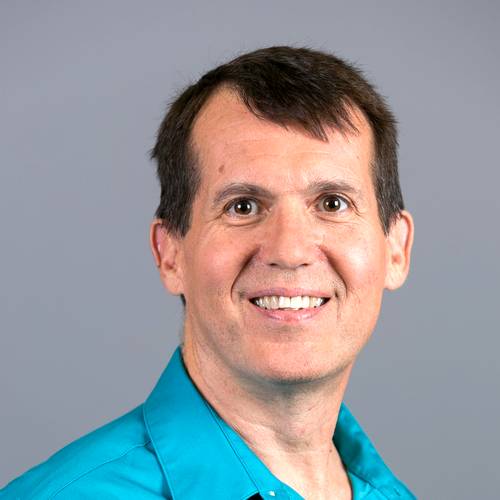About This Webinar
Laser-induced breakdown spectroscopy (LIBS) is a fast, nondestructive analytical technique that uses a laser to generate a plasma on the surface of a sample, producing emission spectra that can be analyzed to determine the elemental composition of the material. Gilmore introduces the fundamental principles of LIBS and its applications in various fields, including environmental monitoring, material science, and forensic analysis.
Gilmore covers the basic components of a LIBS system, including the laser source, sample holder, and spectrometer. He also discusses the different types of lasers and spectrometers used in LIBS, including specific emphasis on the electronic shuttering necessary to record a LIBS spectrum. LIBS has multiple applications in environmental monitoring, including the analysis of soil and water samples for pollutants such as heavy metals. Gilmore also speaks on the use of LIBS in metal recycling for material identification and quality control as well as its potential use in inline inspection systems.
Finally, he highlights ongoing efforts aimed at improving LIBS, including the development of resistive-gate CCDs, high-power laser systems, and data analysis algorithms. Overall, this presentation provides a comprehensive overview of a LIBS system, addressing the key performance parameters of each component.
*** This presentation premiered during the
2023 Photonics Spectra Spectroscopy Conference. For more information on Photonics Media conferences, visit
events.photonics.com.
About the presenter

John D. Gilmore has been characterizing leading-edge photonic devices for over three decades. He has developed sophisticated test and measurement capabilities, enabling precise characterization of image sensors and spectrometers. In addition, he has vast knowledge of the operation, optimization, and practical use of photonic devices, with particular emphasis on image sensors, spectrometers, and Raman modules.
He received his bachelor’s degree in electronic engineering technology (EET) from the Capital Institute of Technology, Laurel, M.D., in 1986, and received his master’s degree in electrical engineering with a concentration in solid state devices and material processing from the New Jersey Institute, Newark, N.J., in 1993. He joined Hamamatsu Corp. in September of 1986 and is presently the spectrometer business development manager. He is currently involved with the development of application-specific inspection equipment, general spectrometer marketing, and advanced field technical support.